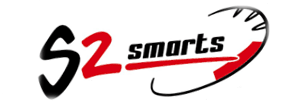Mod Details
PremiumNo Difficulty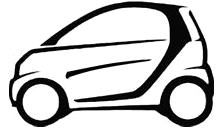



 Mod ID1185
Creditevilution
For
Mod ID1185
Creditevilution
For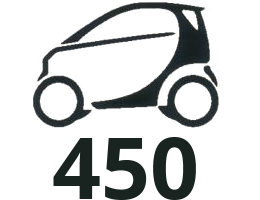
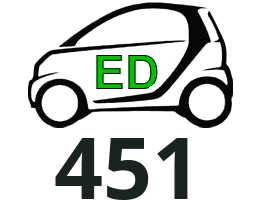
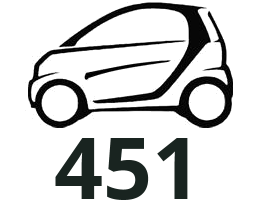
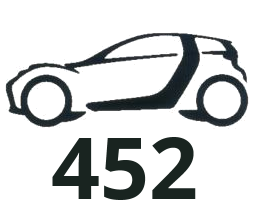
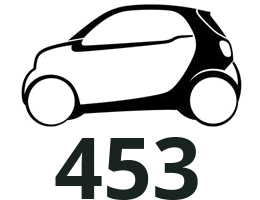
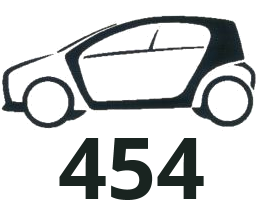 Linkhttps://www.evilution.co.uk/mod/generic-obd-code-readers.htm Copy to Clipboard
Linkhttps://www.evilution.co.uk/mod/generic-obd-code-readers.htm Copy to ClipboardCheap OBD Code Readers
It’s a fairly common phrase to be heard said by a car owner with a problem. “I’ll buy a cheap code reader and then…”
Let me stop you there. Something is only cheap if it works.
£10 might be cheap for a code reader but if all it is good for is taking up space in a drawer, it’s not cheap.
Generic Error Codes
The OBD protocol may be a standard but it’s more of a set of guidelines that car manufacturers can follow or ignore. Smart chose to ignore about 80% of the standards. This means that error codes pooped out by cheap OBD readers will generally not tell you the actual fault. It’s not uncommon for error codes to be claiming errors for things that the car doesn’t have like MAP sensors and cylinder 5 misfire etc.
So, don’t rely on the codes telling you the fault. Actual symptoms will give you more of an idea. MB Star diagnostics is the only reader that will actually tell you the problem.
It Depends On The Car
So far, the smart range has used 3 different protocols for the OBD.
The 450 and 452 Roadster used K-line.
The 451 and 454 Forfour used CAN.
The 453 fortwo and 453 forfour used UDS.
The problem isn’t the different types of protocols as most generic code readers have different protocols built in.
The problem is how the K-line protocol was used by smart. They pretty much did their own thing.
UDS is attempting to become a set amalgamation of K-line and CAN. Only time will tell on that one.
450 Fortwo & 452 Roadster
K-line was the 1st widely used OBD protocols. For the cars at the time, it worked fine. It was introduced when cars started using ECUs (engine control units) and the car manufacturers wanted a way to be able to diagnose problems with the ECU and the engine using a computer. The problem is that K-line was insufficient for what came next.
K-line is a single bi-directional wire carrying data from a single unit. However, as car manufacturers progressed, they added more and more electrical units to control parts of the car. Some car manufacturers even put 2 ECUs in to control an engine. To counter this problem, some cars had 2 K-lines on one OBD port.
As manufactures tried to work around the limitations of K-line, the standard got ignored and they did their own thing. Smart was one of these companies but they took it to a whole new level.
This is what standard K-line should have been.
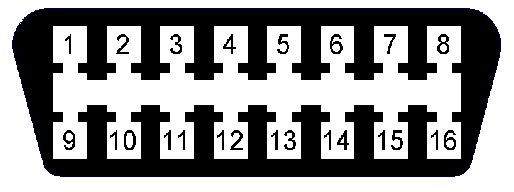
4 – Ground
7 – K-line ECU
16 – Permanent Live
However, smart entered the arena on day 1 using this layout.

1 – K-line SAM unit/Zee Unit
3 – ECU data
4 – Ground
5 – Ground
7 – K-line ECU
8 – Switched live 12v
9 – K-line ESP/ABS controller
11 – K-line PAS controller
12 – K-line Airbag controller
16 – Permanent live 12v
So you can imagine that there aren’t many code readers that have 5 K-lines built in just for smarts.
So, if you buy a cheap code reader and use it on a 450 fortwo or 452 Roadster, you will only be able to read error codes in the ECU and no other control units. You won’t be able to read airbag error codes so you can’t delete them so you can’t turn off an airbag light.
451 Fortwo & 454 Forfour
Luckily, a new protocol was established before the release of the 451 and 454 forfour. Car electronics had come a long way and manufacturers were desperate for an answer.
Bosch actually created the CAN bus in 1986 but it took a long time to be used due to the complexity and added cost. Car manufacturers pushed their technicians to make the cheaper K-line system work for them for as long as they could. Over time, the price came down and people learned how to use it correctly so manufacturers started to use it.
It took 22 years to make the CAN bus protocol mandatory on vehicles although most manufacturers had been using it for many years before that.
The CAN bus isn’t a single wire going to each controller individually. It’s a 2 wire network that joins every controller to every other controller. This means that data can be passed on from all of the controllers to the OBD port.
What that means is, if you have a 451 fortwo or 454 forfour, cheap code readers should work. However, the codes that it spits out still might not be of any help. More on that later.
453 Fortwo & 453 Forfour
In an attempt to merge and standardise the previous protocols, the Unified Diagnostic Service was created. It is a 7 layer protocol based on an extended version of the K-line and CAN protocols.
It’s all fairly new but although it is supposed to be joint CAN bus protocols, there is no evidence to show that cheap CAN code readers will work, however, there is a chance that they will.
All we have to go on at the moment is that the old C3 and older version C4 diagnostic multiplexers that smart/Mercedes use to communicate with the cars, don’t work with the 453 range of cars.
An updated C4 multiplexer is required. This could be the protocol or it could just be the way that the clone multiplexers have been made. Either way, it doesn’t look promising for the moment.
Once UDS has been around for a while, cheap code readers will have to start using that protocol.
The Problem With The Codes
Ok, so you were lucky enough to be able to get some codes read from your car. The problem now is that those numbers are not a set standard.
A standard was released but manufacturers were told that they could change what codes meant. So, smart’s diagnostics software might know that a code means one thing but if you look it up on a list of standard codes, it might mean something totally different. This can send you on a wild goose chase (an old English saying). You’ll be so sure it’s something specific that you’ll waste time and money when it’s something else.
I’ve seen a smart complaining about an issue on cylinder 5. Talk about a phantom pain!
What Are The Options?
You can buy a code reader, hope it works, hope the code helps and fix it yourself. Take your car to a smart dealer or smart specialist and have them use MB Star to get the real codes. Buy your own MB Star and read the real codes yourself.
If you are going to buy a generic code reader, at least consider one that is designed for smarts.
iCarsoft i980
iCarsoft V1.0
iCarsoft MBII
iCarsoft M900 V2.0
iCarsoft MB V2.0
iCarsoft MB V3.0
Are There Any Other Code Readers That Work?
Yes but they aren’t cheap. Foxwell, iCarsoft and Autel claim to make handheld readers that do specific things on the smart. You’ll have to read up on their specifics by doing a search online because their ranges change.
ELM327 Style Dongles
Back in 2005, ELM Electronics released the ELM327 which was a bridge between OBD and a standard serial interface. Since it was a good idea, it didn’t take long for Chinese companies to rip it off, even using the ELM name. Sadly, it affected their sales so heavily that closed the company in 2022. The main issue with the Chinese versions is that they do things as cheaply as possible so quality can suffer and they redesign everything using cheaper chips that don’t always work as expected.
The clones come in a few options, USB wired, Bluetooth and Wifi. They can be connected to computers, tablets, phones and some Android stereos.
Most people use an app called Torque but there are many others.
There are some issues if you use these dongles a lot. If you plug in and disconnect it a lot, you’ll wear the OBD connector. If you leave it plugged in, it could drain your battery. They shouldn’t have much of a drain but, cheap Chinese shit constantly surprises so don’t rely on the quality.
Chris H had an idea of using an OBD2 extension cable and switching wires 8 and 16 at one end which swaps the switched live and permanent live. That way the ELM327 dongle is turned off with the ignition. It’s left connected and tucked out of the way. It’s connected to a stereo running the Torque Pro app which displays many driving parameters such as water temperature, RPM etc.


